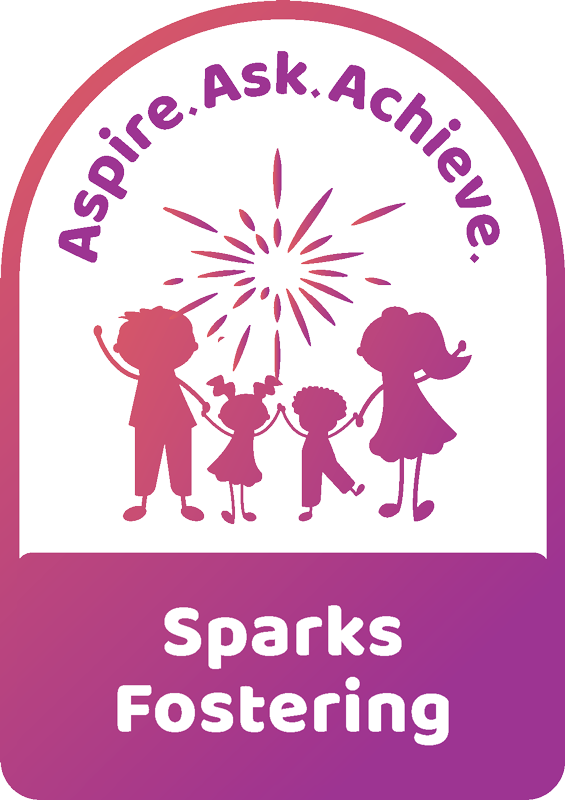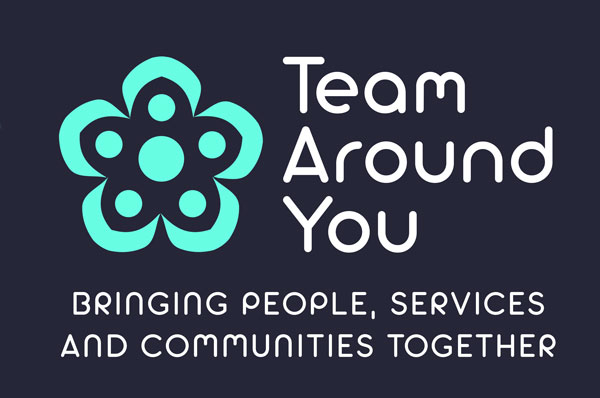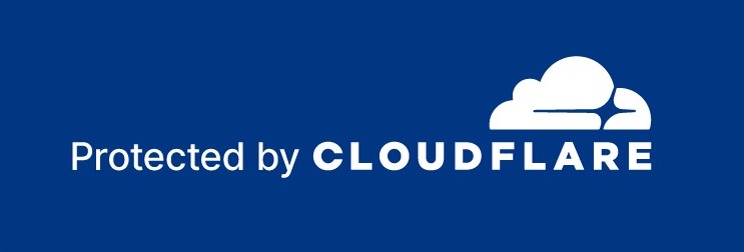Bullying
The Prevention of Bullying Policy
Sparks Fostering takes a clear and strong position against bullying. Any children, foster carers or staff linked to Sparks Fostering who are found to exhibit bullying behaviour are subject to disciplinary processes, which includes making reparations and ensuring that the behaviours aren’t repeated. People who have been bullied are supported to recover from the damaging impact of bullying.

What is Bullying?
Bullying is repeated harm caused by one individual to another. The harm may be physical and/or emotional.
The bullying may be face to face, or via phone (calls/texts/messages), online (games, emails etc.) or perhaps via other people (for example by spreading gossip or embarrassing information).
The link between bullying and minority/disadvantaged Groups
Bullying can happen to anyone of any age, position, or identity; however, people from minority groups and those perceived to have less social power are more likely to be victims of bullying. Minority groups include people who are of minority ethnic backgrounds, linguistic background, religious identity, disability, gender identity, or sexual identity. Children who identify with minority groups should be supported to develop a strong sense of identity with good self-esteem (in addition to addressing the bullying behaviour, as discussed below).
Children who are in our care are more likely to be bullied either due to their family/foster care situation, or due to difficulties in their personal and family life, or due to their emotional struggles or other similar issues which can make the children emotionally vulnerable. Foster carers and staff should be prepared to have supportive and constructive discussions with the children in our care about the many challenges linked to being in foster care.
How to spot bullying
It is not usually possible to spot a bully by looking at them – bullies can be any age, gender or identity.
Bullying can sometimes be easy to identify; for example, it can be repeated high levels of physical assault, name calling, verbal abuse, threats of harm, or other intimidating or harmful behaviour.
Sometimes bullying is difficult to identify because it is lower level and it happens between periods of kindness and respectful behaviour. Some bullies are very experienced in their torment of others and they leave others questioning if the harm actually occurred.
Bullies are often kind and charming with some people, while being selective, secretive and manipulative about who they bully; Bullies often hide their bullying behaviour well. People are often surprised to find that people they thought were lovely and well-mannered are actually bullies to some people – sometimes people refuse to believe that the people they like so much are actually bullies. This can make it very difficult for people who have been bullied, because sometimes they’re not believed by others and they can start questioning their own perception of what is happening.
See the Sparks Fostering safeguarding policy for information about various forms of abuse.
Gaslighting
Often bullies don’t believe they’ve done anything wrong; they justify their behaviour by telling themselves that others deserve to be treated badly (justification), or that what they did wasn’t very harmful (this is called minimisation and/or denial). Sometimes bullies have been treated badly themselves and they feel entitled to treat others in a similar way.
Denying or minimising the harm is called gaslighting. This can leave the targets of bullying feeling very confused and questioning their own understanding of what has happened to them. Gaslighting is harmful and abusive because it leads to further emotional harm in addition to the harm caused by the bullying behaviour. Gaslighting can be carried out by the bully, by those supporting the bully, or others who don’t want to accept that bullying has occurred.

Bullying as group behaviour
Bullying behaviour often includes other people. Some of the roles that people can take in the bullying dynamic includes:
- The ringleader, who is often called the ‘bully’. The ringleader does the majority of the bullying activity and often encourages others to get involved
- ‘Reinforcers’ give power to the ringleader by inciting the ringleader and encouraging the ringleader
- ‘Assistants’ join the bullying and add to the harm caused by the ringleader
- The target – is often called the ‘victim’
- ‘Defenders’ support and defend the target by confronting the ringleaders (or their group), or by reporting the bullying to appropriate others (such as teachers), or by supporting the target to protect themselves from further bullying
- ‘Outsiders’ stay removed from the bullying situation and do nothing about the bullying.
These points are outlined in a video produced by the anti-bullying alliance, which can be viewed here.
Sparks Fostering staff and foster carers are encouraged to consider the roles of the group members when they encounter group bullying.
Online and phone bullying
Online and phone bullying can happen on social networks, via direct messages, through third parties, online chats, group player games, and another other methods of direct or indirect contact with others.
With online bullying there is a risk that the bully may include higher numbers of people, including a large number of strangers. There is also a risk of sensitive material ending up on porn sites and/or on the ‘dark web’, either via sexting, sexual abuse or sexual exploitation.
See the Sparks Fostering policy ‘Online and Mobile Phone Safety’ for further information about this type of abuse.
Bullying in fostering homes
Many of the children (and young people) in our care have experienced bullying and abuse before entering foster care. Sadly, some of the children in foster care continue to face bullying or abusive behaviour within foster homes.
Any allegations of bullying behaviour will be managed under the Sparks Fostering Complaints and Allegations Policy. All children in our care are given copies of the Sparks Fostering Children’s Guide, which provides information to the children about how to seek help if they are treated inappropriately.
Foster carers found to be bullying children in their care will be de-registered, reported to the Local Authority Designated Officer and (if appropriate and necessary) they will be reported to the police.

Bullying in schools
If children in our care are experiencing bullying in school (either because the child in our care is being bullied, or perhaps they are bullying others), the school should be alerted. The children’s social worker and the fostering social worker should also be notified as soon as possible. The foster carer should meet with the team around the child to put together a plan to address the issue.
The team should also review the school’s policy around bullying and review the government guidance (and other best practice guidance) directed at schools to help them to address any bullying issues within the school. It should be noted that head teachers have a responsibility to ensure that pupils also behave outside of school, for example on the bus on the way home.
Bullying by staff
Explicit forms of bullying in the workplace include sexual harassment, or derogatory or discriminatory comments. Forms of bullying which can sometimes be missed or overlooked include spreading rumours, being undermined or belittled, being given an unreasonable workload, or being ostracised from the team. Bullying can happen at any level of the organisation towards people at any level; so, for example, it is possible that staff can bully managers.
Any accusations of bullying would be dealt with under the Sparks Fostering complaints policy. Staff suspected of bullying other staff, foster carers and/or children will be subject to disciplinary procedures.







